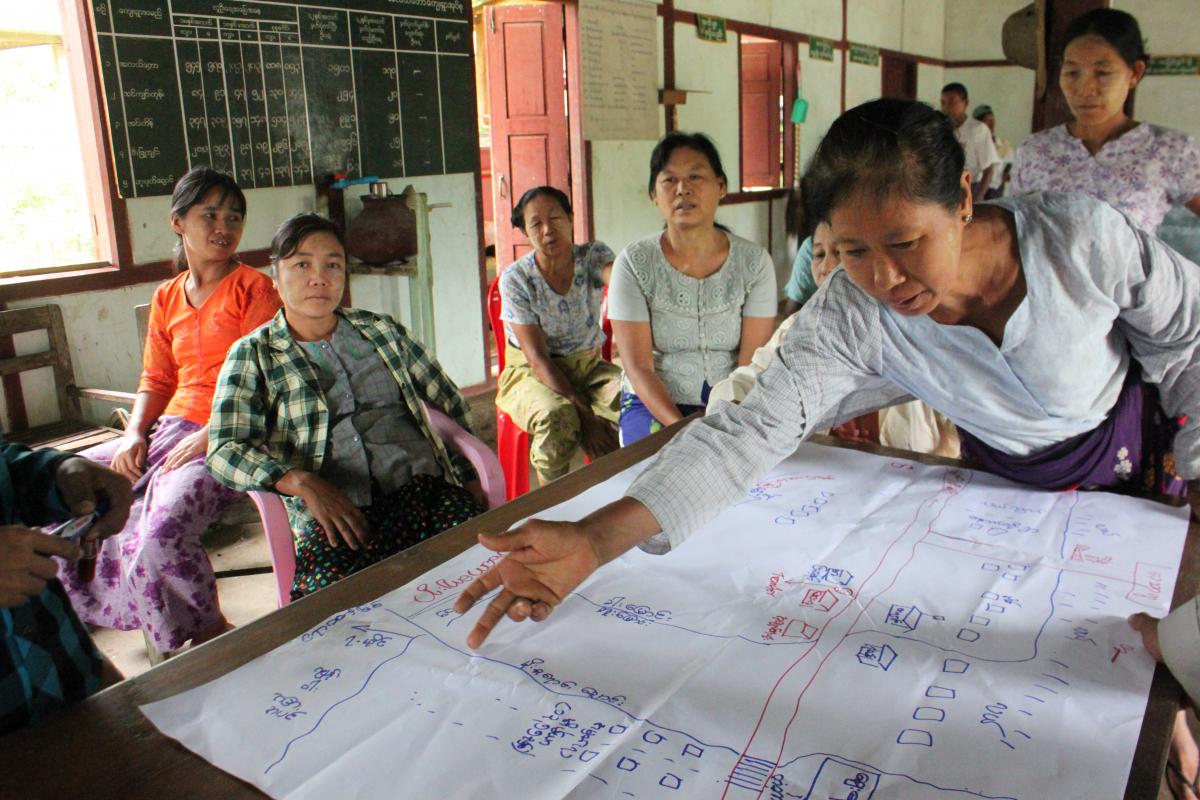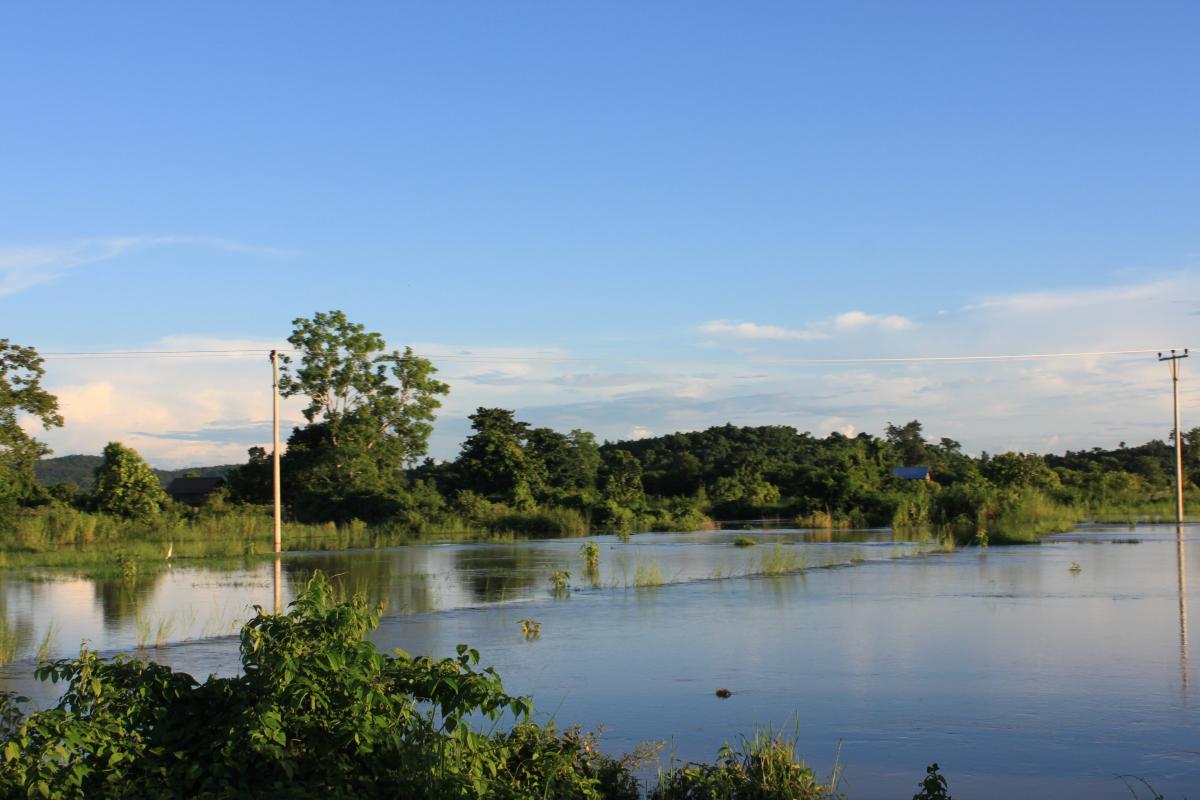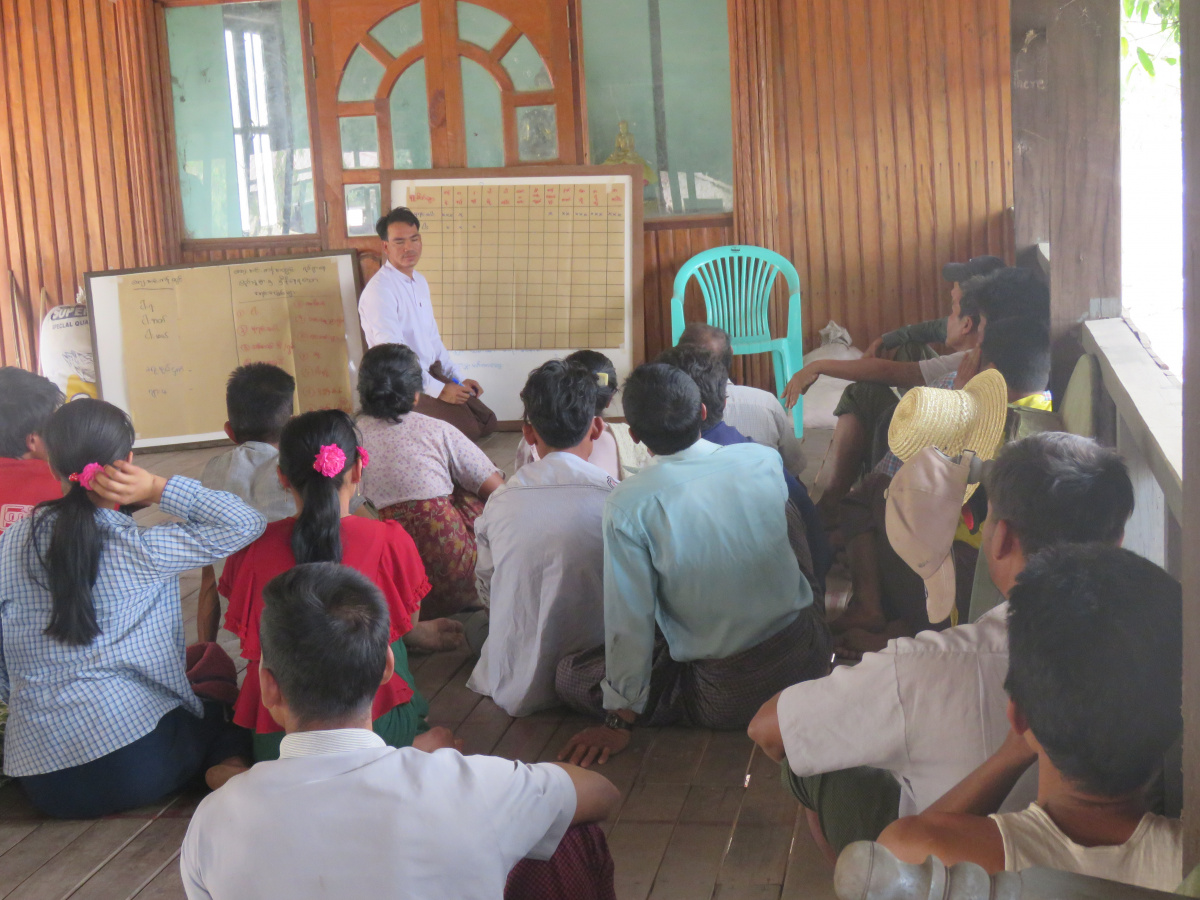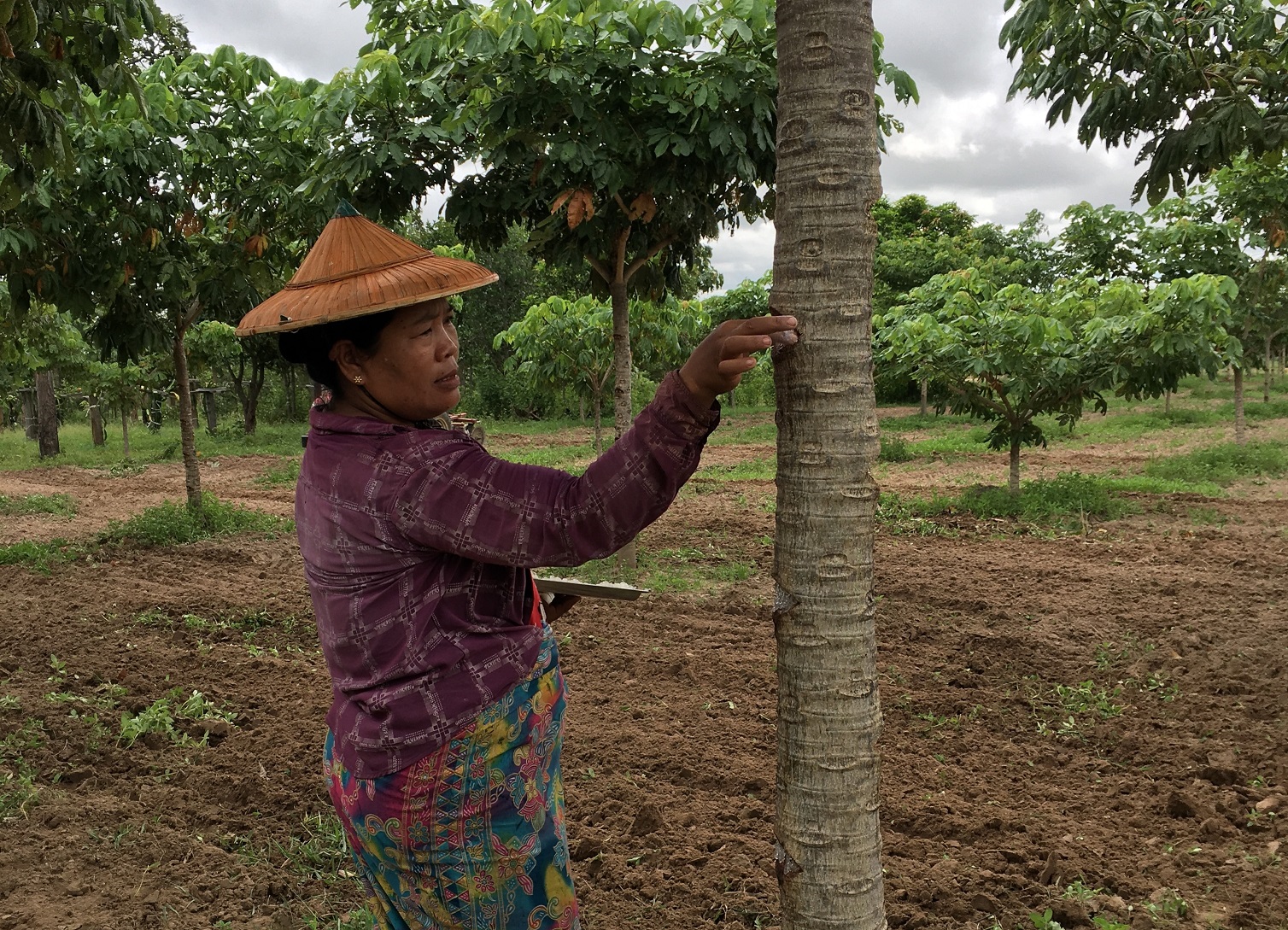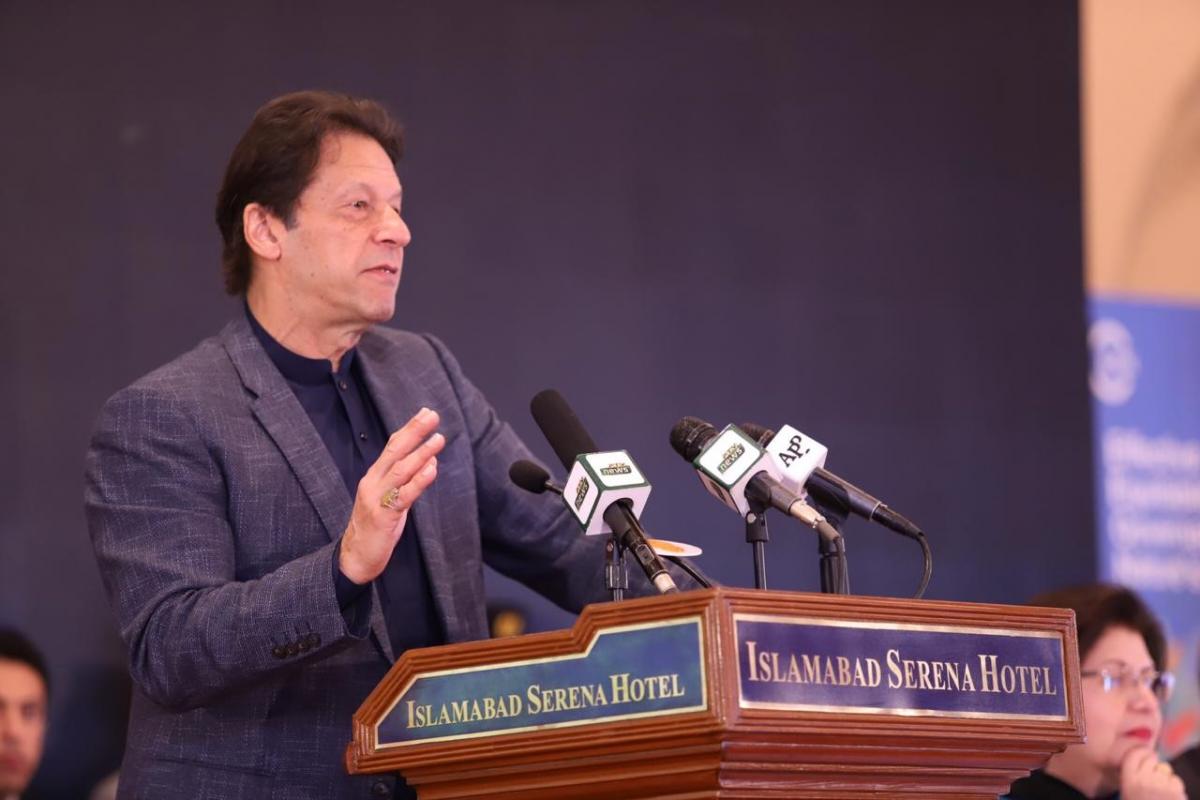Restoring from experience in Myanmar
With 45% forest cover, Myanmar has some of the largest remaining forest areas in Asia. Yet, the country suffers significant annual deforestation due to over-exploitation, illegal logging, shifting cultivation, governance and institutional issues, and expansion of urban and agricultural lands. Myanmar is taking big steps to improve the situation through forest landscape restoration.
With a long-term view of forest sector challenges, the government of Myanmar has been favouring reforestation activities since the 1970s, promotes community forestry projects, and has dedicated 30% of the country to permanent forest estate. However, these actions haven’t fully achieved the desired results. The Ministry of Natural Resources and Environmental Conservation (MONREC) was tasked with developing a new policy to promote reforestation and landscape restoration. As part of this process, in 2016 the government launched a 10-year National Reforestation and Rehabilitation Program in Myanmar (NRRPM) aimed at not only restoring degraded and deforested landscapes, but also improving economic and environmental conditions of local communities. Drawing on Myanmar’s knowledge and experience with sustainable forest management, the Forest Department of MONREC is taking stock and adding to the foundations of existing forest management actions.
Scaling up FLR practices
In support of the NRRPM, the Forest Department has demonstrated a strong commitment to FLR by building on existing restoration practices and successful initiatives – and is leading a national restoration assessment process by applying the Restoration Opportunities Assessment Methodology (ROAM). This methodological framework, created by the World Resources Institute and IUCN, is an inclusive and participatory landscape approach to constructing a common understanding of FLR among different stakeholders. ROAM provides knowledge and tools to identify the priorities, the opportunities and the financial mechanisms for the establishment of a sustainable restoration process.
While ROAM has been widely used in Africa and Latin America to identify and analyse FLR opportunities that are ecologically, economically and socially feasible, the process in Myanmar started in 2016 and was the first national-scale assessment in the Asia region.
The FLR leadership shown by Myanmar is no surprise to Li Jia, IUCN Forest Landscape Restoration Coordinator for the Asia region: “There is a strong ongoing commitment with reforestation and forest rehabilitation in Myanmar. The government is well aware of the importance of forest restoration. The political will is there. However, there is a tradition of mass tree planting in the country, where there is little consideration of social benefits and where actions aren’t supported with research.”
In this context, ROAM provides a forward-looking approach, providing in-depth analyses to understand the drivers of forest degradation and deforestation – simultaneously creating a participatory framework for a variety of stakeholders to plan priority restoration actions.
Generating the data needed to support FLR actions
The assessment process was initiated with a national workshop on ROAM, held in Nay Pyi Taw in November 2016. The objective of this event was to introduce the concept of FLR and engage the participants; among them were agencies and government institutions, in a discussion around restoration goals for Myanmar and the creation of an enabling environment for FLR to be successful. During the workshop, the participants highlighted the need to have accurate data at national and local levels and the necessity to align policies and strategies to support restoration planning.
Then in 2017, the Forest Department, supported by IUCN and The Nature Conservancy, conducted a multi-criteria spatial analysis which identified opportunities for restoration. This mapping process allowed the stakeholders to analyse and determine where restoration actions could generate multiple benefits in terms of reverting forest loss, conserving Myanmar’s important biodiversity, ecosystem services recovery, and delivering socioeconomic successes.
Forest loss areas in the country (from 1990) and Key Biodiversity Areas (KBA) were analysed. Based on the results, watershed protection near medium population density areas was identified as a priority. Stakeholders affirmed that restoration efforts in Myanmar should promote the protection of the ecosystem services provided by watersheds and deliver multiple benefits to local communities. The analysis also identified over 713,000 hectares of degraded land as a priority for restoration action.
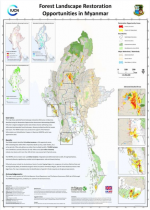 Photo: IUCN
Photo: IUCN
The ROAM process in Myanmar built a common understanding of FLR among stakeholders and solidified the data to address the country’s restoration needs. This collaborative process also enabled the stakeholders to network and share experiences and knowledge on FLR. “This assessment has been the icing on the cake, adding technical results to an existing initiative” says Li Jia, referring to the NRRPM. “Working closely with government departments is a key element for the success of the assessment, since when those institutions take ownership of the process, they can be the best champions and provide a pathway to channel all the learning from ROAM into the ongoing initiative.”
Moving to restoration action
The knowledge shared and technical support provided during the assessment process paved the way for future actions, and will continue to guide the FLR programme in Myanmar. The next steps in this process include fine-tuning the ROAM map, field investigation and the subsequent creation of pilots in Sagaing to demonstrate the application and benefits of FLR.
The Restoration Initiative (TRI), a Global Environment Facility funded programme working with 10 countries in Africa and Asia (including Myanmar) to restore degraded landscapes with the support of the UN Food and Agriculture Organization, the UN Environment Programme and IUCN, will build on these efforts to reinforce national political momentum and improve on the FLR policy framework.
The rich experience of Myanmar with FLR and the ROAM application, culminating in the planning of FLR at national level, could benefit neighboring countries wanting to engage in a restoration process such as Sri Lanka, Mongolia, Pakistan and Bangladesh who joined the Bonn Challenge global restoration initiative last year.
For more information: infoFLR – www.infoflr.org
